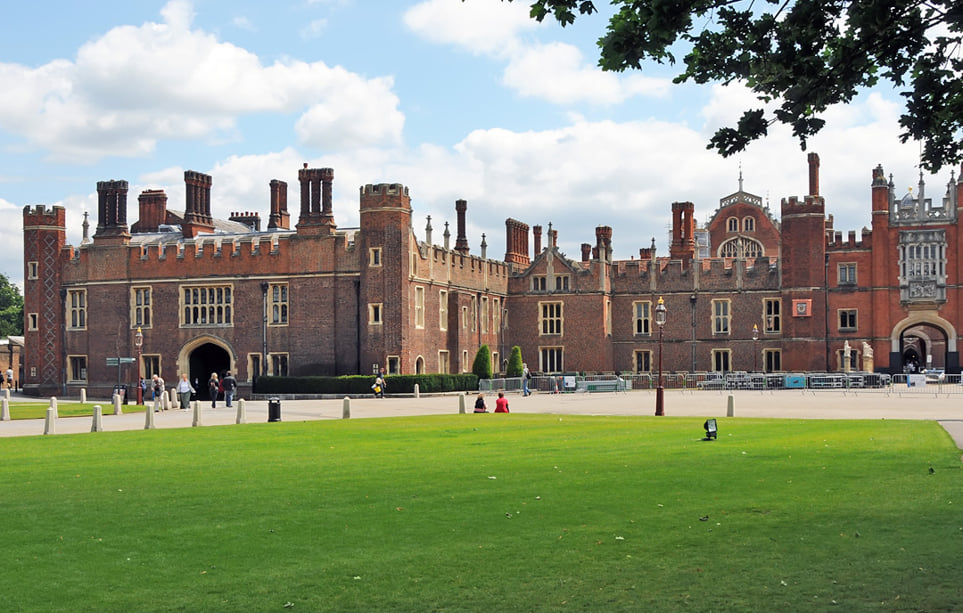Richmond Hampton Building Regulations: A Comprehensive Guide for Property Owners
Richmond’s Hampton, nestled along the scenic River Thames, are renowned for their picturesque landscapes, historical architecture, and charming neighborhoods. As these areas continue to attract new homeowners and developers, understanding the building regulations is crucial for anyone planning a construction project. Whether you’re thinking of a new build, a home extension, or even a renovation, navigating the building regulations in Richmond and Hampton is essential to ensure your project adheres to local rules and avoids costly setbacks.
In this detailed guide, we’ll walk you through Richmond Hampton building regulations, covering the essential aspects of compliance, what types of projects need approval, how to apply for building control, and the consequences of non-compliance.
What Are Building Regulations?
Building regulations are a set of legally enforceable standards that ensure the safety, structural integrity, energy efficiency, and accessibility of new and modified buildings. In Richmond and Hampton, as in the rest of the UK, these regulations are governed by the Building Act 1984 and associated guidelines. The goal is to maintain high standards in construction and ensure that properties are safe, energy-efficient, and suitable for habitation.
These regulations apply to a wide range of projects, including:
- New builds
- Extensions and loft conversions
- Structural alterations
- Electrical and plumbing installations
- Basement conversions
- Insulation upgrades
- Fire safety and evacuation provisions
Failure to comply with building regulations can result in fines, legal action, or the requirement to undo any unapproved work. Therefore, understanding these rules is vital before breaking ground on your project.
Key Areas Covered by Richmond Hampton Building Regulations
Richmond Hampton building regulations cover several key areas to ensure the safety and efficiency of all structures:
1. Structural Stability
One of the primary focuses of building regulations is ensuring the structural integrity of a property. This means that any new builds or alterations must be constructed with materials and techniques that ensure long-term stability. In Richmond and Hampton, older properties may require additional considerations due to their historical nature. For example, working on a Grade II listed building would necessitate careful planning to maintain both safety and the property’s architectural significance.
2. Fire Safety
Fire safety is a critical element of building regulations. These rules require that buildings have proper fire exits, smoke detectors, fire-resistant materials, and, in many cases, sprinkler systems. If you’re planning to add an extension or convert your loft, fire safety measures will need to be integrated into your plans. In Hampton, where terraced houses are common, fire safety regulations may be stricter to ensure the safety of neighboring properties.
3. Energy Efficiency
With growing environmental concerns, energy efficiency has become a major focus of building regulations in Richmond and Hampton. Any new build or renovation must comply with standards for insulation, heating systems, and windows to ensure minimal energy loss. Solar panels, energy-efficient lighting, and sustainable building materials are increasingly encouraged in local projects. Not only does this help reduce environmental impact, but it also cuts down on long-term energy bills for homeowners.
4. Accessibility
Building regulations also address accessibility, especially in public or commercial buildings. The rules ensure that properties are suitable for all individuals, including those with disabilities. Features such as ramps, wide doors, accessible bathrooms, and easy-to-use fixtures are mandated where necessary. If you’re developing a commercial property in Hampton Hill, for example, you’ll need to account for these regulations.
5. Ventilation
Proper ventilation is essential to maintain indoor air quality and prevent dampness or mold. Richmond Hampton building regulations set out standards for ventilation systems, particularly in kitchens, bathrooms, and basements. If you’re converting an unused basement into a livable space, you’ll need to ensure adequate airflow to meet local requirements.
6. Water and Drainage Systems
Water supply, waste drainage, and plumbing installations are all governed by building regulations. Richmond and Hampton have specific guidelines for ensuring that drainage systems are effective and do not cause contamination. If your project involves the installation of new bathrooms or kitchens, you’ll need to meet the necessary standards to avoid potential issues with water pressure or blockages.
Do You Need Building Regulation Approval?
If you’re planning any structural work in Richmond or Hampton, the likelihood is that you’ll need to seek building regulation approval. Common projects that require approval include:
- Loft conversions
- Rear and side extensions
- Basement excavations and conversions
- Internal structural modifications (e.g., removing load-bearing walls)
- New builds or outbuildings
- Significant alterations to heating, plumbing, or electrical systems
Even if your project is small, such as adding a conservatory or porch, it’s still wise to check if approval is necessary. In some cases, permitted development rights may allow you to proceed without a formal application, but this only applies to specific types of projects.
Exemptions from Building Regulations
Certain minor works may be exempt from building regulations, such as:
- Small detached buildings that are less than 30 square meters in floor area and located far from the property boundaries
- Some conservatories or carports
- Certain types of maintenance and repair work
However, even if a project is exempt, it’s always a good idea to consult a building control officer to avoid unexpected complications.
The Building Control Process in Richmond Hampton
Once you’ve determined that your project requires approval, the next step is to apply for building control. The process typically involves the following steps:
- Initial Consultation: Consult with an architects or building control expert to ensure your designs comply with building regulations.
- Application Submission: Submit your building control application to Richmond or Hampton’s local authority or an approved private inspector. The application will include detailed plans and specifications of the proposed work.
- Plan Check: The local authority will review your plans to ensure they meet building regulation standards. This stage may involve back-and-forth discussions if revisions are needed.
- Site Inspections: After approval, construction can begin. During the building phase, the local authority will conduct regular inspections at key stages, such as after the foundations are laid or when structural beams are installed.
- Final Inspection: Once the project is completed, a final inspection will take place. If all work complies with regulations, you will receive a completion certificate.
Consequences of Non-Compliance
Failing to comply with Richmond Hampton building regulations can have serious repercussions. If you undertake construction without the necessary approvals, the local authority can issue a notice requiring you to halt work immediately. You may also be required to remove or alter any unapproved structures.
In some cases, homeowners may face fines, legal action, or difficulties when selling the property, as non-compliant work can deter potential buyers or mortgage lenders. It’s always best to ensure your project is fully compliant from the outset to avoid such complications.
Conclusion
Whether you’re planning a major renovation, a home extension, or a new build in Richmond or Hampton, understanding and adhering to building regulations is crucial. These rules are in place to ensure that properties are safe, energy-efficient, and accessible, benefiting both homeowners and the broader community.
By following the building regulations in Richmond and Hampton, you’ll not only ensure the success of your project but also contribute to preserving the unique character and sustainability of this historic and vibrant area.



No responses yet